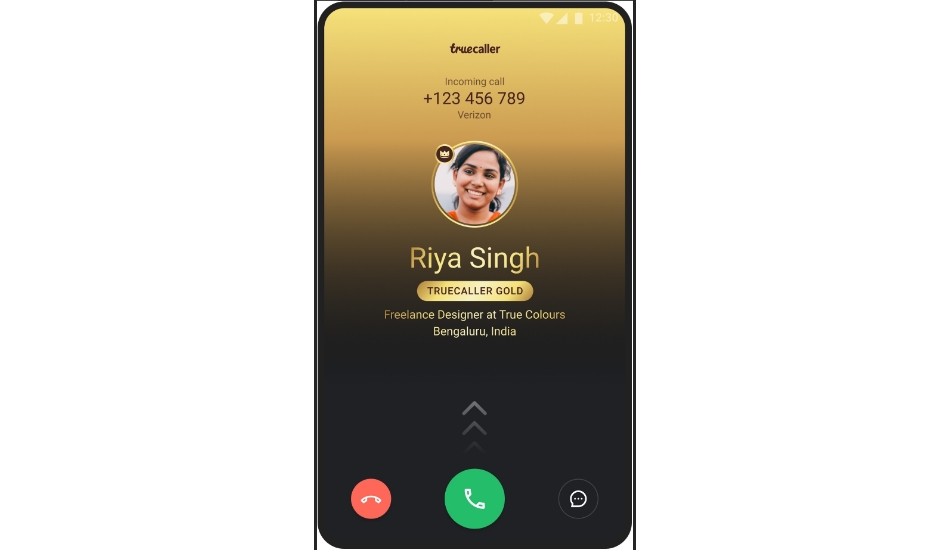
One viral news story in 2008 reported that a man was arrested for making threatening phone calls to women and having their own home numbers appear on the caller ID to make it look like the calls were coming from inside the house. For example, someone might call and arrange for a TV station or doctor’s office to appear on a recipient’s caller display and engage them in a prank. Phone number spoofing is also used for vicious prank calls. Robocalls have been used in the same way, being placed with a false caller ID and made to look like they are coming from a local number instead of a state call center. elections, when fraudulent callers would use fake caller IDs of hospitals and ambulance companies to get potential voters to answer the phone. Phone number spoofing has also been used during U.S. They will often ask the sellers for personal information, like a copy of their registration title, etc. In these scams, a caller will contact the seller and claim to be calling from Canada with an interest in purchasing the advertised items. Phone number spoofing has also been used to scam sellers on websites like eBay and Craigslist. Many similar sites launched the following year. In 2004, a company called launched the first mainstream caller ID spoofing service to allow spoofed called to be placed from a web interface. Law enforcement officials and collection agencies have been using the practice for years, sometimes in a legal way but oftentimes not. Phone number spoofing has been used for years by people with a specialized digital connection to the telephone company. Spoofing is usually done with malicious or unscrupulous motivations by the caller and it has led many people to believe that you can no longer trust Caller ID. While the caller’s information may appear local, the calls are often placed by telemarketers located outside the state or country.

Phone number spoofing causes the Caller ID to display a phone number or other information to make it look like the calls are from a different person or business.


But an increasingly common technique scam artists have been using is to falsify or “spoof” their caller ID information. Most phones have the ability to screen calls, providing information about the caller when the phone rings. Unscrupulous telemarketers and scam artists are always looking for new ways to get people to answer their calls.


 0 kommentar(er)
0 kommentar(er)
